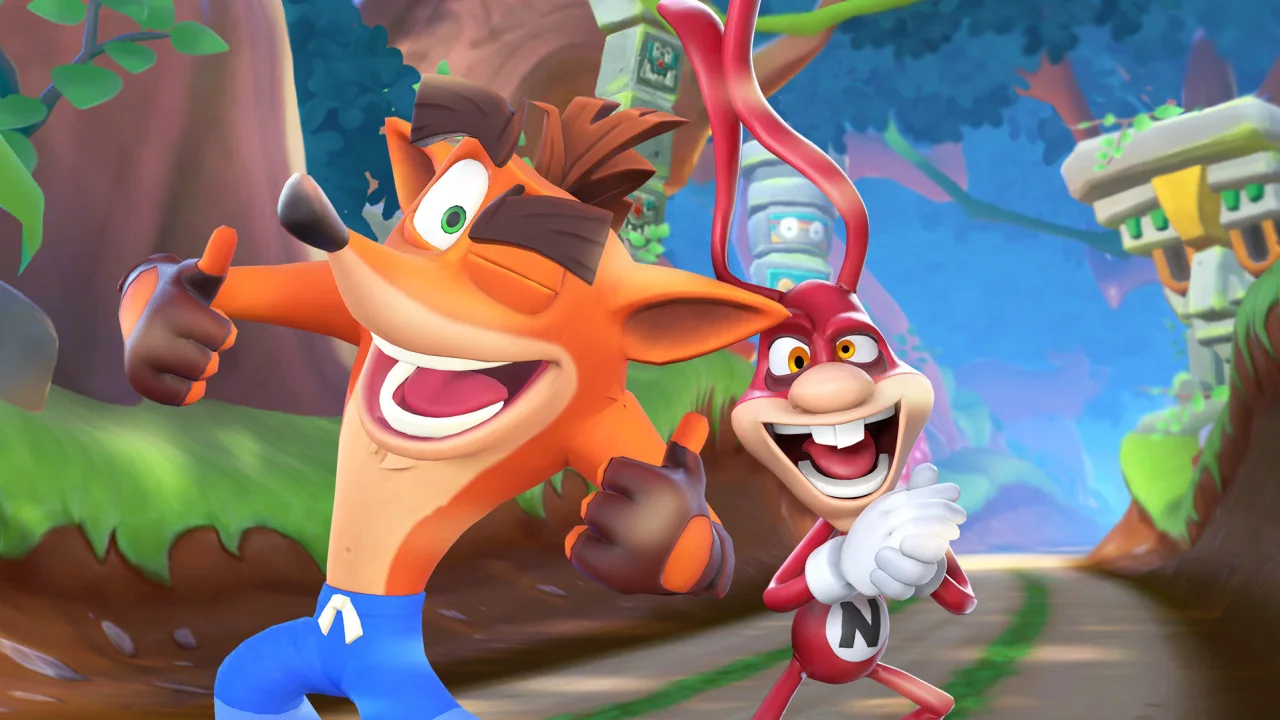By Amalia Theocharidou,
We’ve all caught ourselves reminiscing back to the old times, thinking about how good the past years have been, or literally reciting the phrase “back in my days“. Nostalgia has been one of the most strong emotions one can feel, leaves a bittersweet taste and a homey vibe to most people, because it simply connects us to simpler, funnier times, to habits we had and to people we loved. In this period, then, that we are going through, the modern and technological times that isolate the people from one another and tie them with computers, the world has started to miss the times when the human communication was the priority. This is something that’s not been gone unnoticed by many famous brands, which have recruted what we’d call “nostalgia marketing”.
Nostalgia marketing means the bonding of a brand to past times, filled with joy, in order to promote it to the buyers and created an emotional connection between them and the product. The brands are often trying to use on the packaging highly recognizable symbols and fonts, creating a more retro vibe, which resonates with the users. Remakes of products are also highly popular and have been gaining more attention by people who want to return back to their core and fond memories.
The kinds of nostalgia marketing differ and can be subcategorized into, firstly, event-based, which focuses on a specific time or place and brings back memories that surround it. Then, there’s the call-back, that is basically the strategy of recalling old campaigns or slogans or generally anything that has been presented to the public and has been stuck around for a long time. This can create some very nostalgic feelings and some sense of familiarity. A prime example is the case of Dominos, who have recently started re-presenting a former character from the 80s in their campaign.

Character-based marketing is the idea of making popular characters—not necessarily previously connected to the product—reappear on social media and advertizing the idea in such a way, that the receiver automatically connects this new product to the beloved character. That was the case with Apple, in the ad of which the popular characters from the show Sesame Street appeared trying to bake cookies with Siri’s help. Lastly, there’s the pop-culture-based marketing, which, even though might look like the event-based one, is more focused on cultural elements of the past, like formerly popular songs or movies or even slogans.
Many companies have been adapting more and more to this new style of marketing, creating many new projects that connect the buyers with their past, such as Pepsi, who brought back the packaging of the Crystal Pepsi, one of the most famous products of the company of all times, all the way back from the 90s, with a little twist. That was the #ShowUsYour90s contest. Samsung, even though technologically advanced, still launched the Flip phones, which pay tributes to the phones of the past, or even the fact that the Y2K fashion has become a great trend again speaks volumes on how nostalgia can even impact someone’s buying habits.
References
- Nostalgia marketing explained: Everything you already know. TechTarget. Available here
- Leveraging Nostalgia for Your Marketing Efforts – Plus, How To Make It Evergreen. creatopy. Available here




